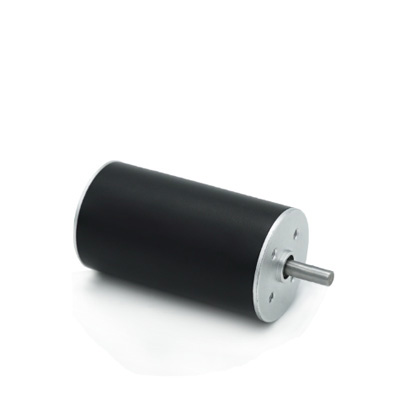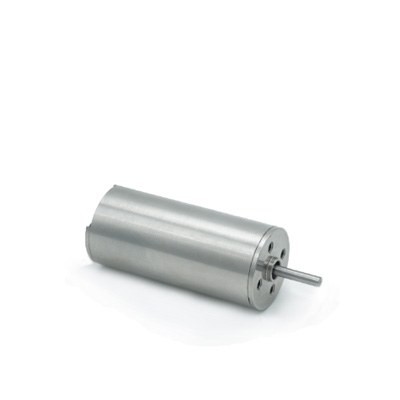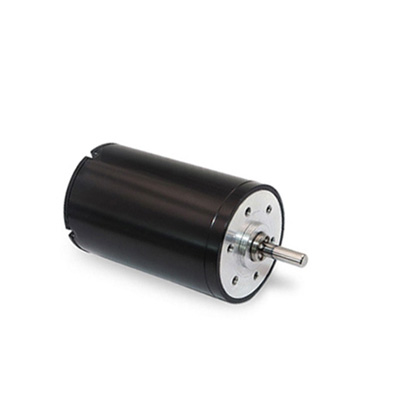We have a R & D team with 20 years of experience in motor development, providing customers with design and development custom services. By leveraging our honesty, dependability and quality, Mercury Motion aims to continue as a pioneer in the sales overseas by seeking global partners.
Let’s continue!
1.How to troubleshoot common issues with gear motors?
2.Is maintenance required for gear motors?
3.Can gear motors handle heavy loads?
4.How to ensure smooth and quiet operation of a gear motor?
5.What factors should be considered when mounting a gear motor?
6.What is the expected lifespan of a gear motor? 1.How to troubleshoot common issues with gear motors? 1. Motor not starting or running: This could be due to a faulty power supply, damaged wiring, or a malfunctioning motor. Check the power supply and wiring for any damage and make sure they are connected properly. If they are in good condition, the motor may need to be replaced.
2. Motor running but not at full speed: This could be caused by a low voltage supply, a damaged motor, or a mechanical issue such as a jammed gear. Check the voltage supply and make sure it is within the motor's operating range. If the voltage is correct, the motor may need to be replaced or the gears may need to be inspected and cleaned.
3. Motor overheating: This could be due to a blocked ventilation system, a damaged motor, or an overloaded motor. Check the ventilation system and make sure it is clear of any obstructions. If the motor is damaged or overloaded, it may need to be replaced.
4. Motor making unusual noises: Unusual noises such as grinding, squeaking, or rattling could indicate a problem with the gears or bearings. Inspect the gears and bearings for any damage or wear and replace them if necessary.
5. Motor not providing enough torque: This could be due to a damaged motor or a mismatch between the motor and the load. Check the motor's specifications and make sure it is suitable for the load it is powering. If the motor is damaged, it may need to be replaced.
6. Motor shaft not rotating: This could be caused by a damaged motor or a mechanical issue such as a jammed gear. Inspect the motor and gears for any damage or obstructions and replace or repair as needed.
7. Motor running in the wrong direction: This could be due to incorrect wiring or a damaged motor. Check the wiring and make sure it is connected correctly according to the motor's specifications. If the wiring is correct, the motor may need to be replaced.
8. Motor not responding to control signals: This could be caused by a faulty control system, damaged wiring, or a malfunctioning motor. Check the control system and wiring for any issues and make sure they are connected properly. If they are in good condition, the motor may need to be replaced. 2.Is maintenance required for gear motors? Yes, maintenance is required for gear motors to ensure their proper functioning and longevity. This may include regular lubrication of gears, checking and tightening of bolts and connections, and replacing worn or damaged parts. It is important to follow the manufacturer's recommended maintenance schedule for the specific gear motor model. 
3.Can gear motors handle heavy loads? Yes, gear motors are designed to handle heavy loads. The gears in a gear motor are specifically designed to increase torque and reduce speed, making them ideal for applications that require high torque and low speed, such as lifting heavy objects or moving large loads. The load capacity of a gear motor will depend on its size, gear ratio, and motor power, but they are generally able to handle loads ranging from a few pounds to several thousand pounds. It is important to select the right gear motor for the specific load and application to ensure optimal performance and longevity. 4.How to ensure smooth and quiet operation of a gear motor? 1. Proper Lubrication: Regularly lubricate the gears and bearings of the gear motor to reduce friction and ensure smooth operation. Use the recommended lubricant for the specific type of gear motor.
2. Correct Alignment: Make sure the gear motor is properly aligned with the driven equipment. Misalignment can cause excessive noise and vibration, leading to premature wear and tear.
3. Check for Wear and Tear: Regularly inspect the gear motor for any signs of wear and tear, such as worn gears or bearings. Replace any damaged parts to prevent further issues.
4. Proper Mounting: Ensure that the gear motor is securely mounted to a stable surface. Any movement or vibration can cause noise and affect the performance of the motor.
5. Balance the Load: Make sure the load is evenly distributed on the gear motor. An unbalanced load can cause excessive strain on the motor, leading to noise and premature failure.
6. Use a Soft Start: If possible, use a soft start or variable frequency drive to gradually ramp up the speed of the gear motor. This will reduce the stress on the motor and minimize noise.
7. Regular Maintenance: Schedule regular maintenance for the gear motor to keep it in good working condition. This includes cleaning, lubrication, and inspection of all components.
8. Use Quality Parts: Use high-quality gears, bearings, and other components for the gear motor. Cheap or low-quality parts can cause noise and affect the performance of the motor.
9. Reduce Operating Temperature: Excessive heat can cause the gear motor to operate less efficiently and produce more noise. Make sure the motor is properly ventilated and not exposed to high temperatures.
10. Consult the Manufacturer: If you are experiencing excessive noise or other issues with your gear motor, consult the manufacturer for troubleshooting tips and advice. They may also be able to provide specific recommendations for your particular motor. 
5.What factors should be considered when mounting a gear motor? 1. Weight and size of the gear motor: The gear motor should be mounted securely to support its weight and size. The mounting surface should be able to withstand the weight and size of the gear motor.
2. Mounting orientation: The gear motor should be mounted in the correct orientation to ensure proper operation. Some gear motors may have specific mounting requirements, such as being mounted horizontally or vertically.
3. Mounting surface: The surface where the gear motor will be mounted should be flat, smooth, and free from any debris or obstructions. This will ensure a secure and stable mounting.
4. Mounting method: There are various methods for mounting gear motors, such as using bolts, screws, clamps, or brackets. The appropriate mounting method should be chosen based on the type and size of the gear motor and the mounting surface.
5. Vibration and shock: If the gear motor will be operating in an environment with high levels of vibration or shock, special mounting techniques may be required to prevent damage to the motor.
6. Accessibility: The gear motor should be mounted in a location that allows for easy access for maintenance and repairs.
7. Temperature and environment: The gear motor should be mounted in a location that is suitable for its operating temperature range and protected from harsh environmental conditions, such as extreme temperatures, moisture, or dust.
8. Alignment: The gear motor should be mounted in proper alignment with the driven equipment to ensure smooth and efficient operation.
9. Electrical connections: The gear motor should be mounted in a location that allows for easy access to electrical connections and wiring.
10. Safety: When mounting a gear motor, safety should always be a top priority. The motor should be securely mounted to prevent any potential hazards or accidents. 6.What is the expected lifespan of a gear motor? The expected lifespan of a gear motor can vary greatly depending on factors such as usage, maintenance, and quality of the motor. Generally, a well-maintained gear motor can last anywhere from 5 to 20 years. However, some high-quality gear motors can last even longer, up to 30 years or more. It is important to regularly inspect and maintain gear motors to ensure their longevity. 
|


